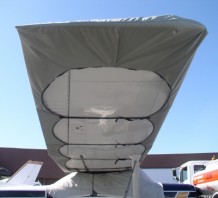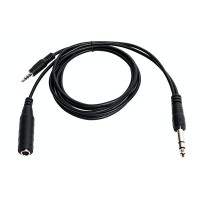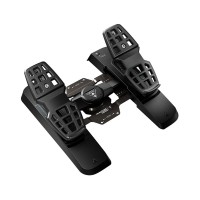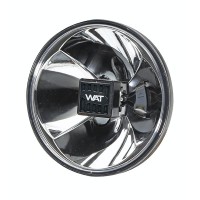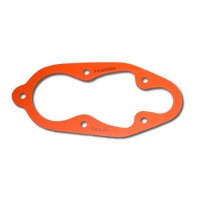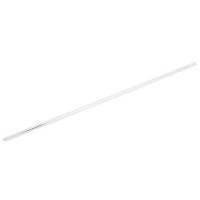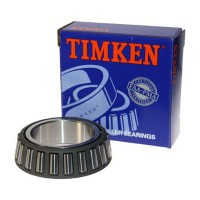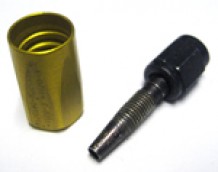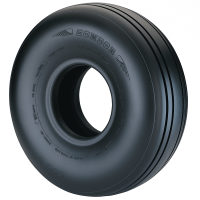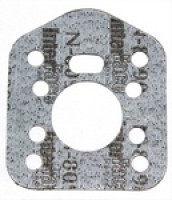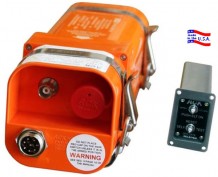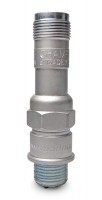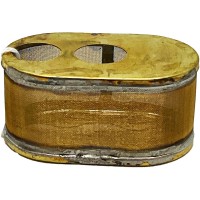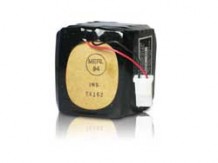FREE SHIPPING ON ORDERS OVER $350 (SOME EXCLUSIONS APPLY) | 877-4-SPRUCE
Hh/MH-60G Pavehawk Model
$259.95/Each
Part# 13-10833
MFR Model# HHMH60T
MFR Model# HHMH60T
Overview
|
The HH-60 Pave Hawk is a highly-modified edition of the Sikorsky UH-60 Black Hawk chopper. The aircraft was first developed by the United Technologies and Sikorsky Aircraft Corporation. The Pave Hawk is a twin-engine medium-lift helicopter operated by Air Combat Command, Pacific Air Forces, Air Education and Training Command, Air National Guard and Air Force Reserve Command. The HH-60 was first seen in action in 1982. The HH-60 features an upgraded communications and navigation suite that includes an integrated inertial navigation, global positioning, Doppler navigation systems, satellite communications, secure voice, and quick communications system. The HH-60 Pave Hawks costs an estimated amount of $15.8 million. All HH-60s have an automated flying control system, night vision goggles lighting and forward looking infrared system that improves night low-level operations. In addition, some Pave Hawks have color weather radar and rotor blade anti-ice system that gives the HH-60 an all-weather capability. The main role of the Sikorsky HH-60 Pave Hawk chopper is to perform day or night combat search and rescue (CSAR) operations into irreconcilable territories to recuperate downed aircrew and other isolated air force personnelís during war. The HH-60 may also perform peace-time operations because of its versatility. |
WARNING: Cancer and Reproductive Harm - www.P65Warnings.ca.gov. |
Q&A
Please note, Aircraft Spruce ®'s personnel are not certified aircraft mechanics and can only provide general support and ideas, which should not be relied upon or implemented in lieu of consulting an A&P or other qualified technician. Aircraft Spruce ® assumes no responsibility or liability for any issue or problem which may arise from any repair, modification or other work done from this knowledge base. Any product eligibility information provided here is based on general application guides and we recommend always referring to your specific aircraft parts manual, the parts manufacturer or consulting with a qualified mechanic.


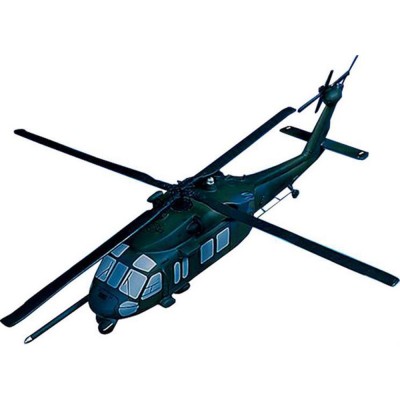





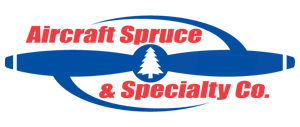 FREE Shipping
FREE Shipping
